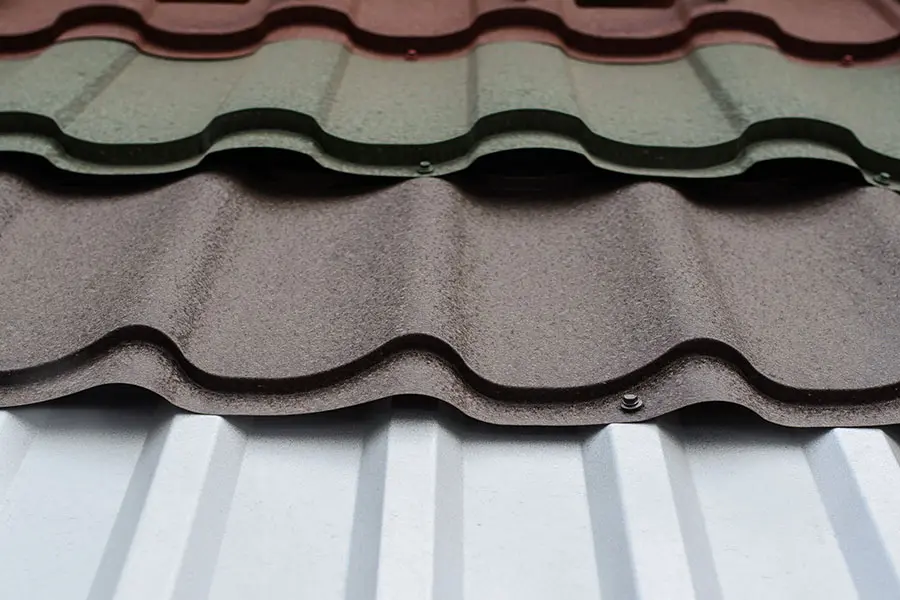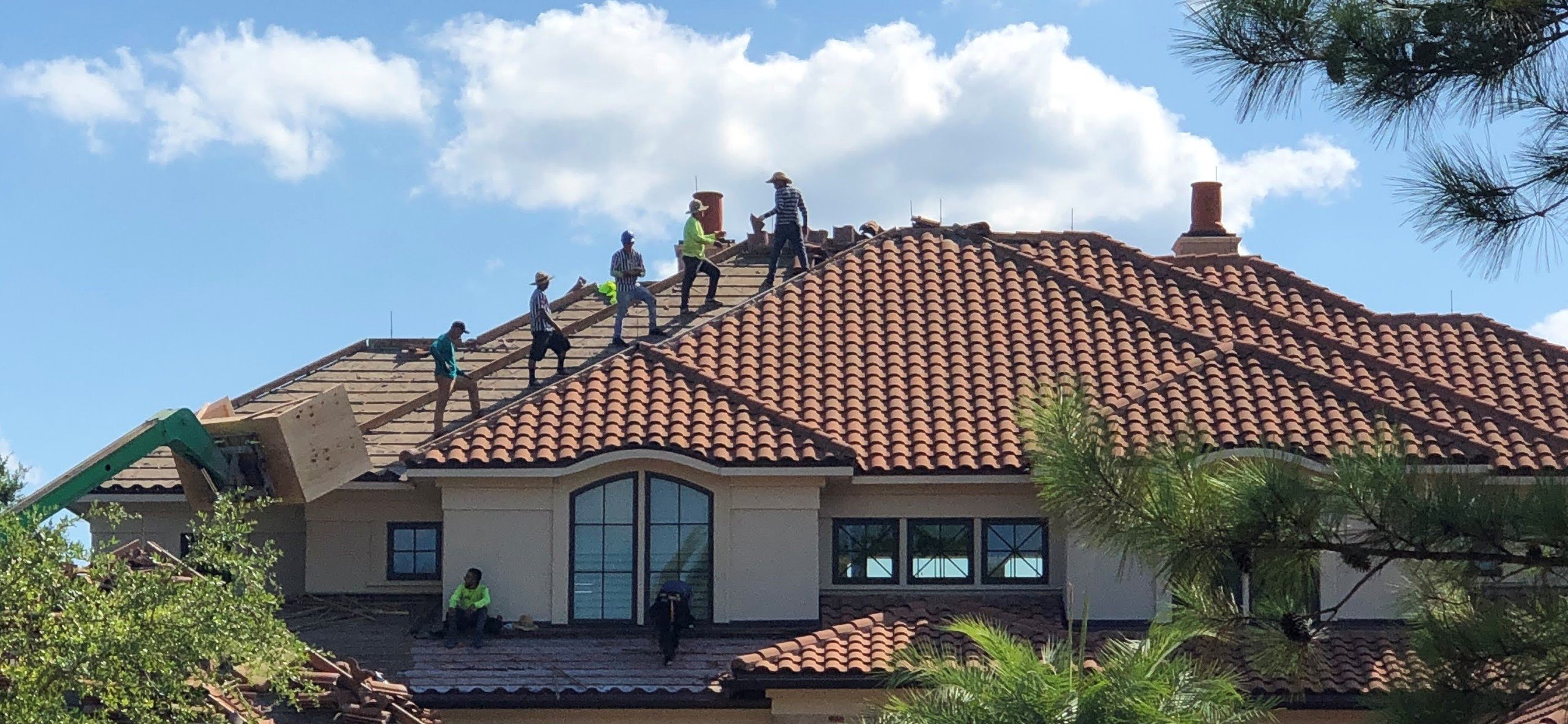Ideal Practices for Ensuring Correct Roofing Ventilation
A balanced consumption and exhaust vent proportion, commonly 1:300, plays an essential duty, with consumption vents preferably placed at the lower side of the roofing system for trendy air access and exhaust vents at the optimal for warm air departure. Keeping insulation away from vents is crucial to avoid air movement constraint.
Understand Ventilation Basics
Appropriately understanding ventilation fundamentals is necessary for making sure the long life and efficiency of roof. Efficient ventilation reduces wetness buildup and temperature level extremes in the attic room, both of which can result in considerable structural damage gradually. A well-ventilated roof aids in preventing common concerns such as mold and mildew growth, timber rot, and ice dams, which can endanger the stability of the roof materials and the underlying structures.
The key goal of ventilation is to promote the motion of air, permitting a regular exchange in between the outdoor and indoor environments. This equilibrium is achieved through a mix of intake and exhaust vents that interact to preserve optimal airflow. Consumption vents, typically located along the eaves or soffits, permit fresh air to go into the attic space, while exhaust vents, usually located at or near the roofing system ridge, make it possible for warm, damp air to get away.
Trick variables affecting the efficiency of roof air flow consist of appropriate placement, ample sizing, and guaranteeing that both intake and exhaust vents are unhampered. Regular inspection and upkeep are crucial to recognize potential obstructions, damage, or inadequacies in the ventilation system, thus safeguarding the roof covering's performance and sturdiness.
Sorts Of Roofing System Vents
Roofing system vents play an important role in maintaining effective attic air flow and, by expansion, the total health and wellness of the roof. Different kinds of roof vents are offered, each with one-of-a-kind benefits tailored to specific roof demands. Ridge vents, for instance, are set up along the roof covering's optimal, allowing warm, moist air to leave from the attic room. They offer constant air flow and blend flawlessly with the roofline, making them both efficient and cosmetically pleasing.

Soffit vents are mounted under the eaves and operate in tandem with roofing vents to make sure a balanced intake and exhaust system. By enabling cooler air to get in from below, soffit vents assist in the expulsion of warm air through top vents. Gable vents, located on the exterior walls of the attic room, offer one more reliable option, especially in homes with saddleback roofs.
Assess Your Present Air Flow

Next, take into consideration the age and problem of your roof covering materials and air flow components. Older systems might not abide by existing building regulations or may have weakened over time, reducing their performance. Conduct a complete exam to recognize any indications of deterioration, such as rust, damages, or voids that might endanger the system's performance.
In addition, gauge the attic temperature level and moisture levels. Heats and humidity can indicate insufficient ventilation - roofing companies gainesville florida. Make use of a hygrometer and thermometer to get exact analyses, comparing them with outside problems. Persistent inconsistencies recommend potential concerns that need resolving.
Setup Best Practices
Efficient installment of roofing air flow systems is vital for ensuring optimal performance and durability. Correct installment begins with recognizing the specific air flow demands of the roofing system and the structure it covers. This entails computing the correct ratio of consumption to tire vents, typically sticking to the 1:300 rule, which stipulates one square foot of air flow for every 300 square feet of attic floor room.

The positioning of vents is similarly essential. Consumption vents must be mounted at the roofing system's reduced edge, typically in the soffits, to enable great air to enter. Exhaust vents, on the various other hand, need to be mounted near or at the roof covering's top to promote the departure of cozy, damp air. This develops a natural air flow that aids preserve temperature level and moisture equilibrium within the attic area.
Seal all vent connections diligently to stop air leakages and potential water infiltration. Use read the article premium products and follow maker standards to ensure sturdiness and performance. Additionally, integrating ridge vents with baffles can dramatically enhance airflow effectiveness by stopping wind-driven rainfall and snow from getting in the attic.
Ultimately, accurate setup of roof air flow systems mitigates potential concerns such as mold development, ice dams, and architectural damage, making certain the roof's integrity and the building's total wellness.
Normal Upkeep Tips
Uniformity in maintenance techniques is essential to guaranteeing the long-lasting efficiency of roof covering ventilation systems. Throughout these assessments, guarantee that vents are free of debris, nests, and other blockages that might impede airflow.
Cleansing the vents is another important task. Make use of a soft brush or a vacuum cleaner to get rid of dirt and debris from intake and exhaust vents. Beware not to harm the air vent screens or louvers throughout the process. In addition, evaluate the attic area for any signs of water damages, that site which could compromise the integrity of the roof covering system.
Proper insulation is similarly vital. Ensure that attic insulation does not block the vents, as this can significantly restrict air flow. If any kind of insulation has actually shifted or cleared up, rearrange or change it to maintain an efficient obstacle.
Lastly, replace any kind of damaged or missing out on parts immediately. Damaged vents, split tiles, or shabby blinking can all add to poor air flow and must be addressed right away. Regular maintenance ensures that the roofing air flow system operates efficiently, therefore expanding the lifespan of the roof itself.
Verdict
Making certain proper roof ventilation is critical for maintaining the performance and resilience of a roof covering system. Adherence to the 1:300 intake and exhaust vent ratio, paired with the tactical placement of vents, is necessary.
A well balanced consumption and exhaust vent proportion, commonly 1:300, plays a critical function, with consumption vents preferably placed at the lower edge of the roofing for amazing air entry and exhaust vents at the peak for warm air departure. Consumption vents, usually situated along the eaves or soffits, enable fresh air to get in the attic space, while exhaust vents, frequently situated at or near the roofing system ridge, allow warm, moist air to get away.
Soffit vents are installed under the eaves and work in tandem with roofing vents to ensure a well balanced intake and exhaust system. By enabling cooler air to go into from below, soffit vents promote the expulsion of hot air with top vents. Adherence to the 1:300 consumption and exhaust air vent proportion, combined with the strategic placement of vents, is vital.
Comments on “Regional Insights on Roofing Companies Gainesville Florida Homeowners Prefer”